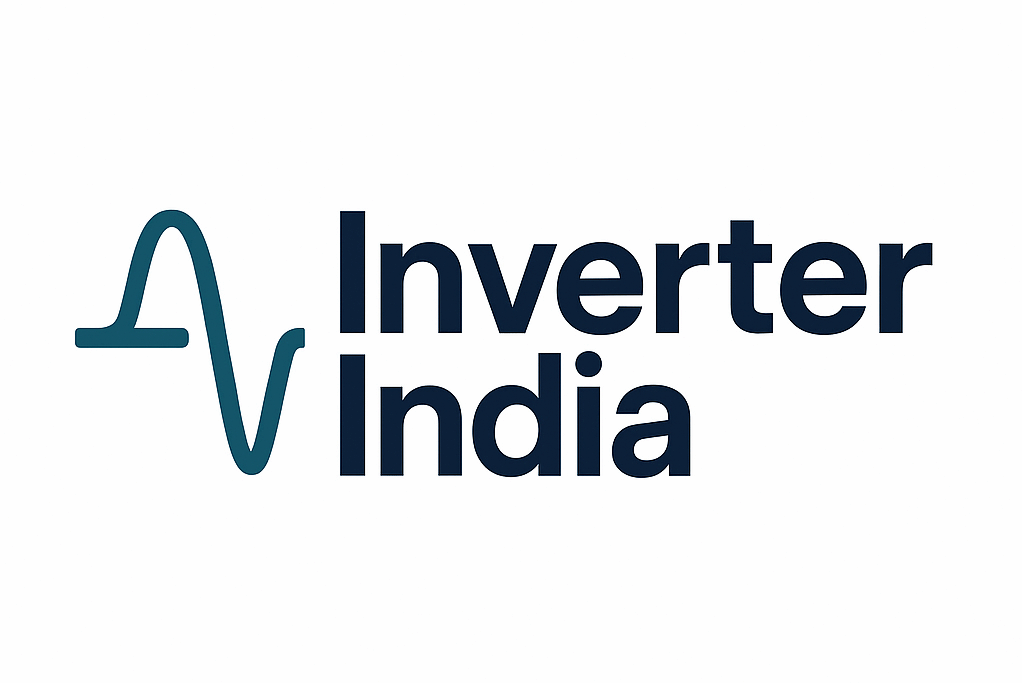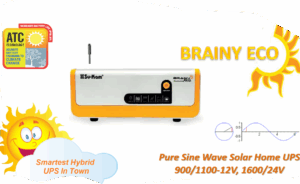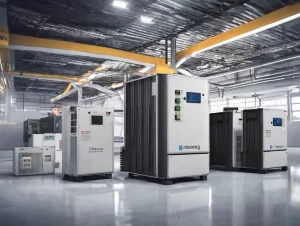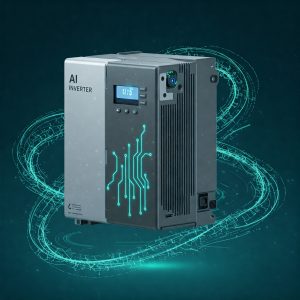
We have introduced a new feature in our latest UPS called Pure Sinewave UPS with ATC. We have developed this UPS after a lot of study of the challenges faced by the users while operating the Inverter/UPS available in the market.
The challenge for the Inverter/UPS owners is to see the status of Inverter/UPS in case anything goes wrong and UPS is shut down. You are getting frustrated as the LEd on the Inverter is blinking, or the LCD is giving some stupid message that you can’t understand, and you have no choice other than to call the electrician.

It takes time, and you don’t know what to do. So we have come out with a real solution: open the Su-vastika mobile application and see the message, and it will guide you on what to do in what condition. There are alerts for Overload, and the message will tell you what to do. If the power outage happens, it will keep giving you a message of power failure with the audio alert so that you know that Power has failed.
Also, when the mains power is present, it will show you the voltage and frequency coming into your premises. In case of voltage fluctuations, you can see the real voltage dipping or High voltage coming at your place. Not only these times when the main Power is coming, but also the MCB of the Bluetooth Inverter/UPS goes off the reason is the Load connected with the Inverter/UPS exceeds its limit. This isn’t very pleasant for the user as the user doesn’t understand the functioning of the Bluetooth Inverter/UPS. But in Bluetooth mobile application, we clearly show the user that MCB is down, and please lift the MCB from the back.
Another important feature is battery percentage which can be seen by the user how much battery is being charged, which gives the fair idea that in case of power failure, how much is the backup left?
Another important feature is when the main fails, then the Load is shown on the mobile screen, which is how a user knows the wattage being used when the Power fails, and according to his requirement, he can increase or decrease the Load. Also, the ATC feature can be seen on the screen in case of temperature change. One can see the boost voltage changing, which increases the battery life.

Mains fail
All our Pure Sinewave UPS has the settings to use the Lithium battery, which will help the user to choose between a Lithium battery and Lead acid tubular battery or SMF battery. So the user is not forced to install only a heavy 65 KG Tubular battery. The user can set the setting himself through the mobile application.
Another important setting in the Bluetooth UPS is choosing the battery size or, when selecting the Lithium battery, how fast you can charge it; as it’s a known fact that we can charge a Lithium battery in 2 hours, so this setting works for charging the lithium battery slowly or fast by increasing the charging current.

Battery Charging Amp. Setting as per battery rating.
Battery reserve is another big feature of the setting. We can set the reserve as battery reserve helps increase the battery life. The same feature allows the user, in case of an emergency, you can get extra backup when the ups are completely exhausted by changing the settings on the mobile app. This feature works like a reserve in a scooter or motorcycle. It stops the scooter when the petrol is very low, and the user changes the scooter’s settings to reserve mode and runs an extra mile. The same feature we have adapted in our a-pure Sinewave UPS with the ATC model in the reserve setting mode.
Another important feature is Overload at the time power fails. Then also you get the message about how much Overload is in terms of percentage. Say 110% load is running. Users can reduce the Load, and the Inverter/UPS functions fine. But in case the user does not reduce the Load even after eight warnings, then the UPS will get into the switch-off mode, and still, the user does not have to go to Inverter or UPS to reset the front switch as we have given that switch also on the mobile application and user can reset from the mobile application, which is very important for the convenience of the user. The same case is with the Short circuit also.
Another important feature is the Load to be shut down by the user from the remote control through the mobile application, which looks like a Magic moment for the user.
Another challenge is the settings of the Inverter/UPS and the switches are given at the back panel of the Inverter/UPS and are very tough to understand by the user.
So here it comes on Bluetooth inverter/UPS. We have given all the settings on the mobile application. One can easily see on the mobile application and set the settings.
In our Pure Sinewave UPS, we have a lot of settings given as it’s a 5th-generation UPS with Artificial Intelligence, which will impress the user once he sees the product demo.
The most important feature of the mobile screen is the 50 and 60 Hz Frequency. In some countries, the voltage is 220Volt, but the frequency is 60Hz. So we have designed this product for 50 and 60 Hz automatic selection. This automatically detects the Input frequency and gives the same frequency when the Power fails. No other manufacturer has considered making a common product that can work in countries with 60 Hz, like Saudi Arabia.
We have the USB port at the back, which has been kept to check the parameters of the UPS and can be used to convert the normal UPS to Bluetooth and Wi-based UPS without making any changes.
This USB port will be used to check the parameters of UPS at any given time through the computer having our proprietary based software. The price of a Bluetooth Inverter is a little higher than that of an Inverter/UPS. The Bluetooth Inverter/UPS has the option of a Convertor to install, so our price of Bluetooth inverter/UPS is cheaper than any Bluetooth inverter/UPS available.
In future, if we need to update our UPS software, we can update the software through this USB port.
This USB port will also be used for checking the digital warranty also. The dealer can show the warranty to the user before installation of the product and can check the warranty at any given time through the laptop or Bluetooth dongle.
All the settings of the UPS can also be done through this USB port, like Wide UPS and UPS mode.

































